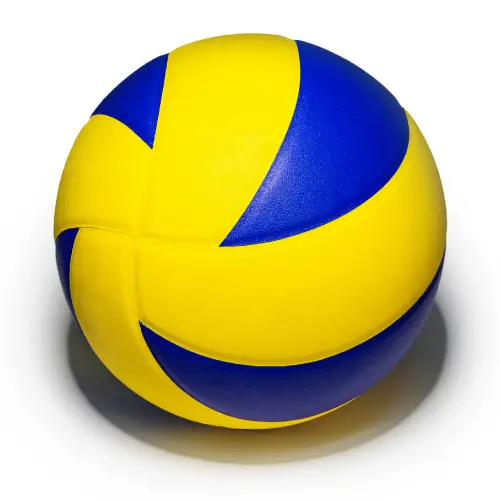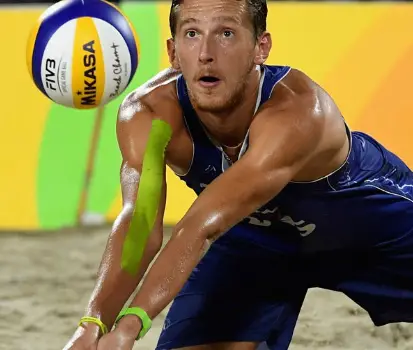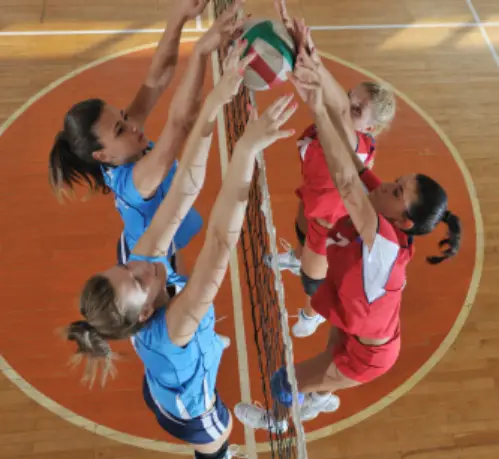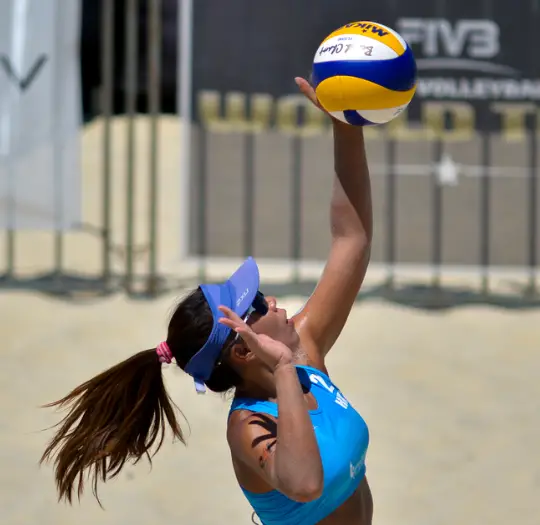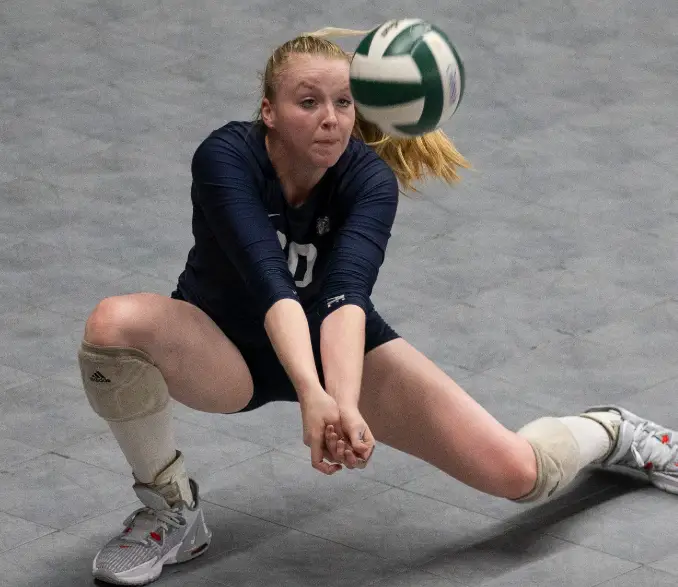Volleyball is a dynamic sport that requires a combination of skills, strategy, and teamwork. One of the most crucial skills for any aspiring volleyball player is effective blocking. A well-executed block can disrupt the opponent’s attack, provide a defensive advantage, and even score points. Whether you’re a beginner or a seasoned player, mastering the art of blocking is essential to elevate your game to new heights.
In this article, we will explore six key tips for effective blocking in volleyball. From footwork and positioning to timing and communication, these tips will help you become a formidable blocker on the court. By incorporating these techniques into your training and gameplay, you’ll increase your chances of making impactful blocks and contribute to your team’s success.
What is the correct footwork for effective blocking?
Effective blocking starts with proper footwork. It allows you to reach the net quickly and establish a solid defensive stance. When it comes to footwork, two techniques are commonly used: the lateral step and the crossover step.
The lateral step involves taking a lateral stride with the foot closest to the direction of the setter. This technique is ideal when the attacker is positioned on the same side as the setter. On the other hand, the crossover step is employed when the attacker is positioned on the opposite side of the setter. In this technique, the foot opposite to the direction of the setter is brought in front of the other foot.
Both techniques require explosive movements and quick reactions. Practicing footwork drills can help develop the necessary agility and speed for effective blocking. Remember to maintain a wide base, bend your knees, and keep your weight balanced to optimize your blocking potential.
How important is positioning ineffective blocking?
Proper positioning is essential for effective blocking in volleyball. It involves understanding the opposing team’s offense, reading the game, and anticipating the attacker’s movements. By positioning yourself correctly, you can maximize your chances of blocking the ball successfully.
To determine the correct position, start by assessing the opposing team’s tendencies. Identify their strongest hitters and analyze their hitting patterns. Based on this information, position yourself slightly to the side of the attacker, between the setter and the attacker’s hitting spot.
Maintaining a strong defensive stance with your arms extended and hands over the net will give you a wider blocking surface. Keep your eyes on the setter and the attacker to react swiftly to the play. Being in the right position enables you to take away the attacker’s angles and forces them to hit into your block.
What role does timing play in effective blocking?
Timing is everything when it comes to effective blocking. A well-timed block can disrupt the attacker’s rhythm and force them into making errors. Achieving the right timing requires a combination of anticipation, quick reactions, and coordination.
To improve your timing, focus on reading the opponent’s body language and paying attention to cues such as the setter’s hand positioning and the attacker’s approach. By observing these cues, you can anticipate the moment the ball will be hit and time your jump accordingly.
Jumping too early or too late can diminish the effectiveness of your block. Aim to time your jump so that you reach the highest point of your block precisely as the attacker contacts the ball. This allows you to penetrate the net and close off attacking angles effectively.
How does effective communication contribute to successful blocking?
Effective communication is vital in volleyball, especially when it comes to blocking. Clear and concise communication with your teammates ensures coordinated blocking efforts and minimizes defensive gaps.
Develop a set of hand signals or verbal cues that indicate the blocking strategy to your teammates. This can include signaling which attacker to block, indicating a switch, or communicating defensive responsibilities. Consistent communication enables your team to adjust their positioning and execute cohesive blocking strategies.
In addition to verbal communication, non-verbal cues such as eye contact and body language play a significant role in effective blocking. Maintain visual contact with your teammates and establish a shared understanding of the blocking plan. This helps avoid confusion and improves the chances of making successful blocks.
How can mental focus enhance blocking performance?
Mental focus is a crucial aspect of effective blocking in volleyball. Maintaining a high level of concentration throughout the game allows you to react quickly, anticipate the opponent’s moves, and make split-second decisions.
Practice mindfulness techniques and visualization exercises to enhance your mental focus. Visualize successful blocks and imagine yourself executing perfect technique. This helps build confidence and improves your ability to stay present in high-pressure situations.
Develop a pre-block routine that helps you get into the right mindset before each play. This routine could involve taking a deep breath, focusing on the task at hand, and blocking out distractions. By cultivating mental focus, you’ll be better equipped to make decisive blocks and contribute to your team’s success.
How can practicing different blocking techniques improve your skills?
To become a well-rounded blocker, it’s important to practice various blocking techniques. Different situations call for different approaches, and being versatile in your blocking skills will make you a more effective defender.
In addition to the traditional two-handed block, consider practicing the swing block and the cross-body block. The swing block involves using one hand to block while the other hand is extended toward the attacker, increasing your chances of making a touch or a block. The cross-body block is employed when the attacker is hitting from an angle. It involves angling your body and reaching across the net to deflect the ball.
By practicing different blocking techniques, you’ll become more adaptable to different attacking styles and improve your ability to counter a wide range of shots. Work with your coaches and teammates to identify areas of improvement and dedicate specific training sessions to enhance your skills in different blocking techniques.
Conclusion
Effective blocking in volleyball requires a combination of technical skills, strategic positioning, and clear communication. By focusing on footwork, positioning, timing, communication, mental focus, and practicing different techniques, you can significantly enhance your blocking performance. Incorporate these tips into your training routine and actively apply them in gameplay situations to become a formidable force at the net. Remember, consistent practice, dedication, and a willingness to learn from each experience will pave the way for success in your volleyball journey.
